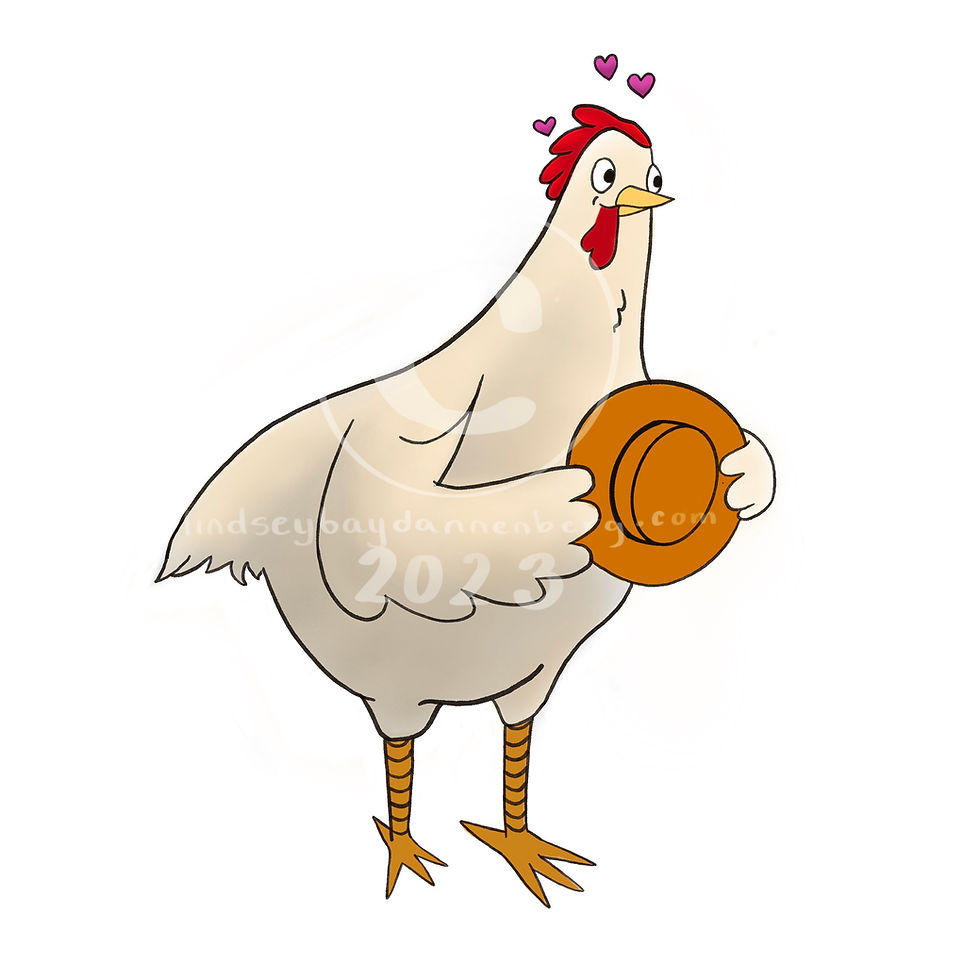From Imagination to Page: A Quick Guide to Writing Children's Books
- Lindsey Dannenberg
- Mar 9, 2023
- 2 min read
by Lindsey Bay

Writing a children's book is a rewarding and creative endeavor. Whether you want to share your love of reading or inspire young minds. If you have an idea for a story that has been stuck in your mind, try some of these tips to help you get started.
Know Your Audience
Before you start writing, it's important to know your target audience. Children's books are divided into different age groups, including board books for infants and toddlers, picture books for preschoolers, early readers for young children, and middle-grade books for older children. Understanding your audience will help you choose the right language, themes, and tone for your book.
2. Choose a Theme
Children's books often have themes that resonate with young readers. Some popular themes include friendship, family, adventure, animals, and fantasy. Choose a theme that inspires you and will engage young readers.
3. Create a Memorable Character
Children's books often feature memorable characters that children can relate to and identify with. Develop a character that children will love and root for throughout your story. Make sure your character is age-appropriate and embodies positive qualities like kindness, curiosity, and resilience.
4. Write with Simplicity and Clarity
Children's books should be easy to understand and read. Use simple language and avoid complex sentence structures. Make sure your story flows well and is easy to follow. Keep in mind that children have shorter attention spans, so try to keep your book concise.
5. Use Imagery
Children's books are often illustrated, so use imagery to help bring your story to life. Think about how your story can be enhanced through illustrations. Keep in mind that the illustrations should complement and not overpower your story.
6. Edit and Revise
Once you've written your first draft, it's time to edit and revise. Read your story out loud and make sure it flows well. Cut out unnecessary words and sentences. Get feedback from friends or family, especially those with children, to see if your story is engaging and age-appropriate.
7. Find a Publisher or Self-Publish
After you've polished your manuscript, it's time to find a publisher or self-publish. Research publishers that specialize in children's books and follow their submission guidelines. Alternatively, you can self-publish your book through online platforms like Amazon's Kindle Direct Publishing or IngramSpark.
Writing a children's book is a wonderful way to share your creativity and inspire young readers. By following these tips and guidelines, you can create a memorable and engaging book that will be loved by children for years to come.



Comments